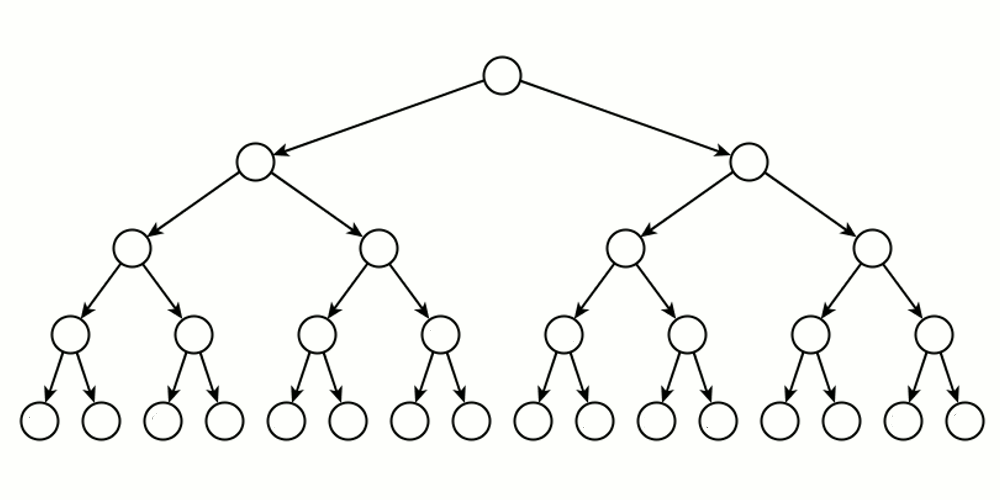WHAT CAN YOU DO WITH TWINE:
In short, you can create interactive narratives where the player has to take an active role to progress the story. Traditional pen and paper stories (like those created in a Word document, or presented in a book) are linear – progressing from page to page, story section to story section allow for one outcome and one path to be taken through a story, as shown below:

Figure: Demonstrating a linear progression through a narrative [Image from Copplestone & Dunne (in publication)]. The player's path is marked by the blue dot, with possible paths in green and completed nodes in purple.
Multilinear texts – such as those you can create with twine - allow you to progress to different endings or take different paths to reach the same endings. In multilinear stories many possibilies exist - the player will make active choices that alter how the story unfolds, as shown below. Writing such a structure means writing many different stories that are related through decision-outcome relationships.

Figure: Demonstrating a multilinear narrative with a player's path marked in relation to potential outcomes.
To this end you can use twine to let the player:
- explore a topic more or less depending on their preferences
- change perspectives in a story or experience multiple perspectives on different play-throughs (same story, different angles)
- explore and change the world and narrative
- explore how different actions can create different reactions
These basic abilities are especially pertinent to how we might want to write or engage with archaeology – especially under post-processual approaches, though equally writing in this way can be viable for charting processes, systems and relationships under any theoretical framework - from processual to experimental. For example, you might use twine to collate different interpretations based on different material evidence, and allow your player to explore how these things can be seen in different ways. Alternatively, you might use twine as a way to show causation or possibility within the archaeological record, building a story about an artefact or an interpretation as the player progresses, each interaction providing the option to explore different ways of interpreting the past.
At a more intermediate level you can use basic coding to track stats – how the player interacts, whether they have visited a section before and what they did there – and use these variables to influence what gets said in the story. For example, a player might leave a door open when the leave a room, which will set the game state variable to reflect that, allowing different possibilities based upon that outcome. Within an archaeological context you might use this to explore how excavation occurs, to track what the player has found so far and to generate narrative sections based upon this content. You can see an example of one of the archaeology focused twine games that I have constructed below – it uses both the basic functionality of twine as well as some intermediate level scripting for time-based events, variable tracking and conditional formatting. The game itself explores the concept of burial in a variety of different contexts – allowing the player to pursue what they find the most interesting and to explore the relationships between archaeological entities.
At the most complex level you can use some basic JavaScript functionality to change how stories run, allowing things like omnipresent synchratic narratives (where two or more stories run in tandem and can impact each other (See Figure X) at the same time or even implement time or locational based narratives (which activate choices based upon certain times or the player being in certain locations).